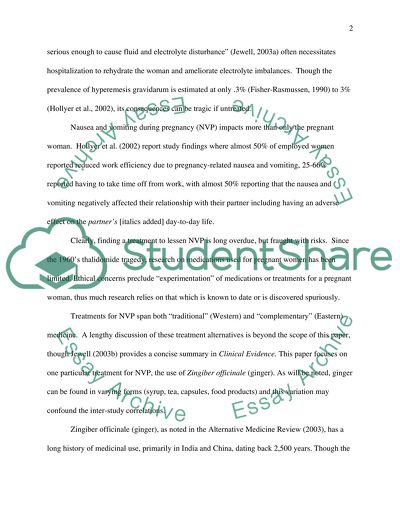Cite this document
(“Ayurvedic Medicine Essay Example | Topics and Well Written Essays - 1500 words”, n.d.)
Retrieved from https://studentshare.org/miscellaneous/1504808-ayurvedic-medicine
Retrieved from https://studentshare.org/miscellaneous/1504808-ayurvedic-medicine
(Ayurvedic Medicine Essay Example | Topics and Well Written Essays - 1500 Words)
https://studentshare.org/miscellaneous/1504808-ayurvedic-medicine.
https://studentshare.org/miscellaneous/1504808-ayurvedic-medicine.
“Ayurvedic Medicine Essay Example | Topics and Well Written Essays - 1500 Words”, n.d. https://studentshare.org/miscellaneous/1504808-ayurvedic-medicine.


